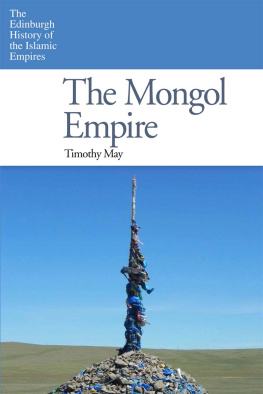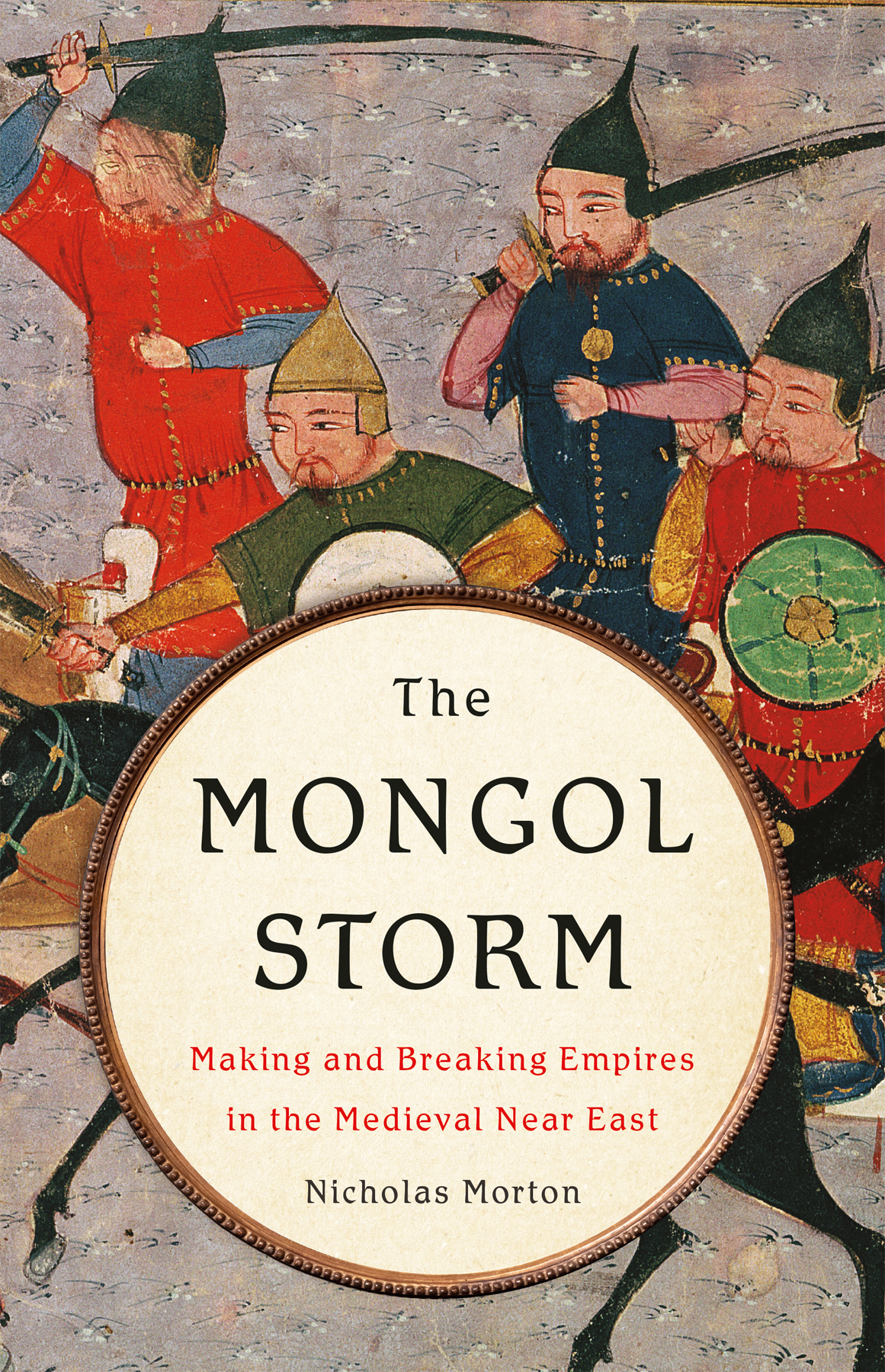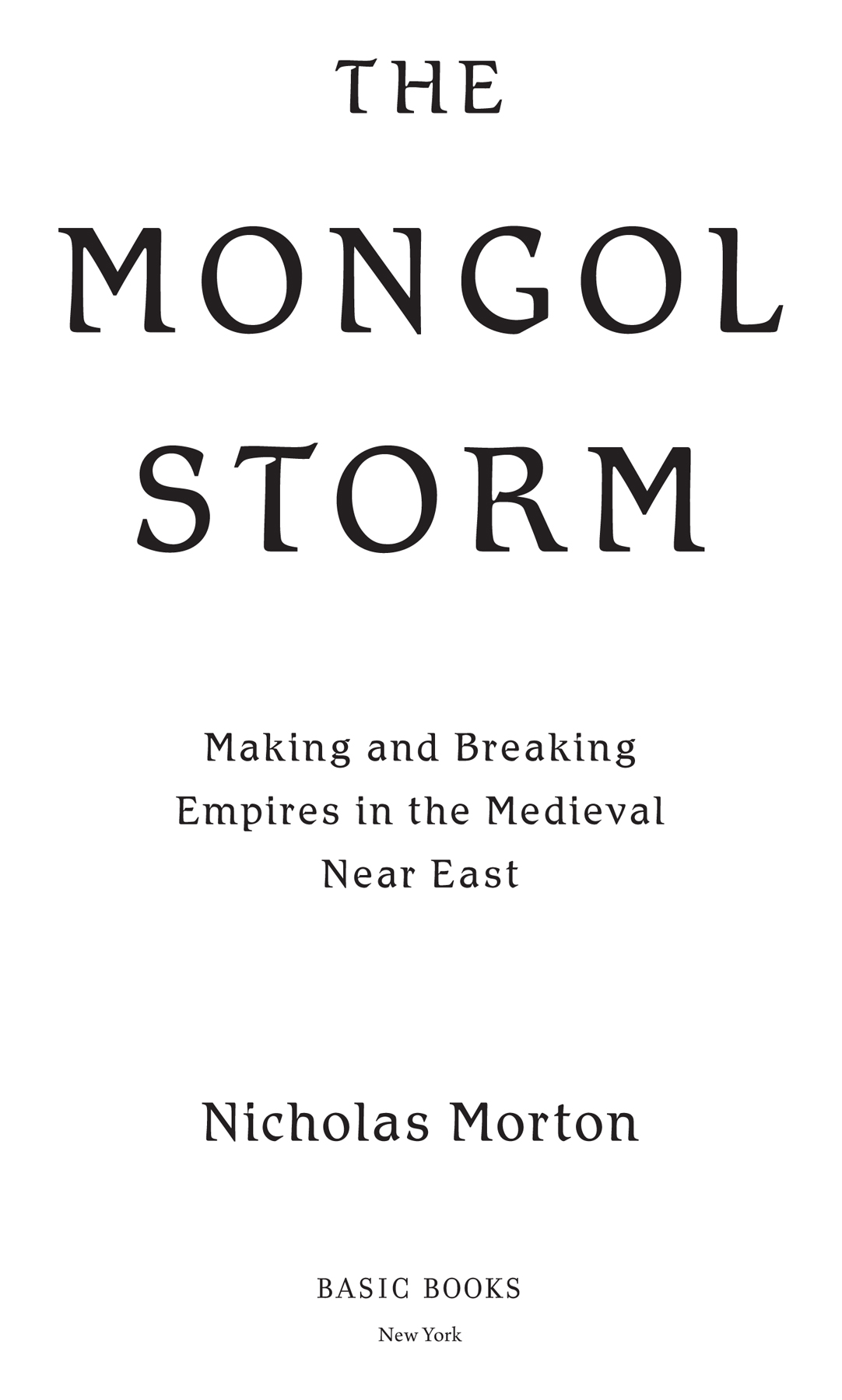When Mongol armies arrived in the Near East in the later Middle Ages, they transformed the region utterly and irreversibly. Nicholas Mortons new history of their extraordinary deeds and conquests is deeply researched and elegantly writtenessential reading for anyone interested in the descendants of Genghis Khan in the age of the Crusades.
This is the most exciting study of the Mongols and their encounters with the peoples of the Near East I have ever read. It is a story of epic proportions demanding much from an historian. Morton rises to the challenge. His scholarship is impeccable, and his judgments are judicious and compelling. He has an exceptional facility for finding the apt quotation to underscore his points, and his prose is precise, clear, and elegant. I found it extremely difficult to put this marvelous book down.
Mortons The Mongol Storm is a well-researched and lucidly written book that will transform thinking about the great transitions of the Middle Ages. The phenomenon of Mongol expansion in the thirteenth century is usually told from the perspective of its Central Asian origins. Here, readers find the story of how the largest land empire in human history pushed westward into the Middle East, almost reaching Egypt itself. As medieval studies expands its focus onto more global connections, Mortons book enables readers to see how war and trade, fear of violence, and desire for material goods tied this vast expanse together. This is a history weve been needing for some time.
This outstanding book takes a deep look at Mongol history and the Islamic world over two centuries. Rulers of the largest land empire in history, extending from Korea to Poland, the Mongols are today often associated with conquest and destruction. In The Mongol Storm , Morton complicates these misconceptions, unearthing a wealth of references to their religious tolerance and their dissemination of revolutionary Asian technologies and cultures to the Middle East. He brilliantly examines the conflicts and alliances between the Mongols, Crusaders, Byzantines, and innumerable Muslim powers. Mortons invaluable book shows how the Muslim world was profoundly reconfigured, and the broader history of our planet influenced for centuries to come, by the mandate from heaven.
The Field of Blood
The Crusader States & Their Neighbours: A Military History, 10991187
Encountering Islam on the First Crusade
The Medieval Military Orders, 11201314
The Teutonic Knights in the Holy Land, 11901291
Copyright 2022 by Nicholas Morton
Cover design by Emmily OConnor
Cover images: Kittbowornphatnon/Shutterstock.com; Maxym/Shutterstock.com; Apichai Srilai/Shutterstock.com
Cover copyright 2022 by Hachette Book Group, Inc.
Hachette Book Group supports the right to free expression and the value of copyright. The purpose of copyright is to encourage writers and artists to produce the creative works that enrich our culture.
The scanning, uploading, and distribution of this book without permission is a theft of the authors intellectual property. If you would like permission to use material from the book (other than for review purposes), please contact permissions@hbgusa.com. Thank you for your support of the authors rights.
Basic Books
Hachette Book Group
1290 Avenue of the Americas, New York, NY 10104
www.basicbooks.com
First Edition: November 2022
Published by Basic Books, an imprint of Perseus Books, LLC, a subsidiary of Hachette Book Group, Inc. The Basic Books name and logo is a trademark of the Hachette Book Group.
The Hachette Speakers Bureau provides a wide range of authors for speaking events. To find out more, go to www.hachettespeakersbureau.com or call (866) 376-6591.
The publisher is not responsible for websites (or their content) that are not owned by the publisher.
Maps courtesy of Nicholas Morton.
Library of Congress Cataloging-in-Publication Data
Names: Morton, Nicholas, 1980 author.
Title: The Mongol storm : making and breaking empires in the medieval Near East / Nicholas Morton.
Description: First edition. | New York : Basic Books, 2022. | Basic Books. | Includes bibliographical references and index. |
Identifiers: LCCN 2022009784 | ISBN 9781541616301 (hardcover) | ISBN 9781541616295 (ebook)
Subjects: LCSH: MongolsHistoryTo 1500. | MongolsMiddle EastHistory. | MongolsAsia, CentralHistory. | Islamic EmpireHistory12581517.
Classification: LCC DS19 .M687 2022 | DDC 950/.2dc23/eng/20220601
LC record available at https://lccn.loc.gov/2022009784
ISBNs: 9781541616301 (hardcover), 9781541616295 (ebook)
E3-20220928-JV-NF-ORI
N ormally, there would be nothing remarkable about the arrival of a merchant caravan in the border town of Utrar in Central Asia. Located on the banks of the Syr Darya River (in present-day southern Kazakhstan), Utrar was an important waypoint on the transcontinental silk routes, and traders were a common sight. Even so, this was a contentious moment. Utrar lay on the northern borders of the Khwarazmian Empire, whose massed territories encompassed much of Persia and extended as far north as the Aral Sea and as far west as Iraq and the frontier with the Abbasid Caliphate. In November 1218boasting huge armies, colossal fortress cities, and immeasurable wealththe Khwarazmians had little need to fear any aggressor, certainly not a small company of merchants.
Nonetheless, this caravan was significant because it came from the leader of Central Asias fastest-rising power: the Mongol ruler Chinggis Khan (more commonly known today in the West as Genghis Khan). He was a major contender in the embattled world of Central Asian politics. First, he united the Mongol tribes and their neighbours and then conquered much of northern China, sacking the great city of Zhongdu (modern-day Beijing) in 1215. More importantly, the Mongols had overthrown the Khwarazmians powerful neighbourthe empire of Qara Khitaiearlier in 1218, their forces crushing all resistance within a matter of weeks.
Yet the approach of this merchant caravan raised the prospect of more peaceful relations. Chinggis Khan seemed keen to establish trading relations with Sultan Muhammed, and now he sent a further message with the caravan expressing the hope that the abscess of evil thoughts may be lanced by the improvement of relations and agreement between us, and the pus of sedition and rebellion removed.
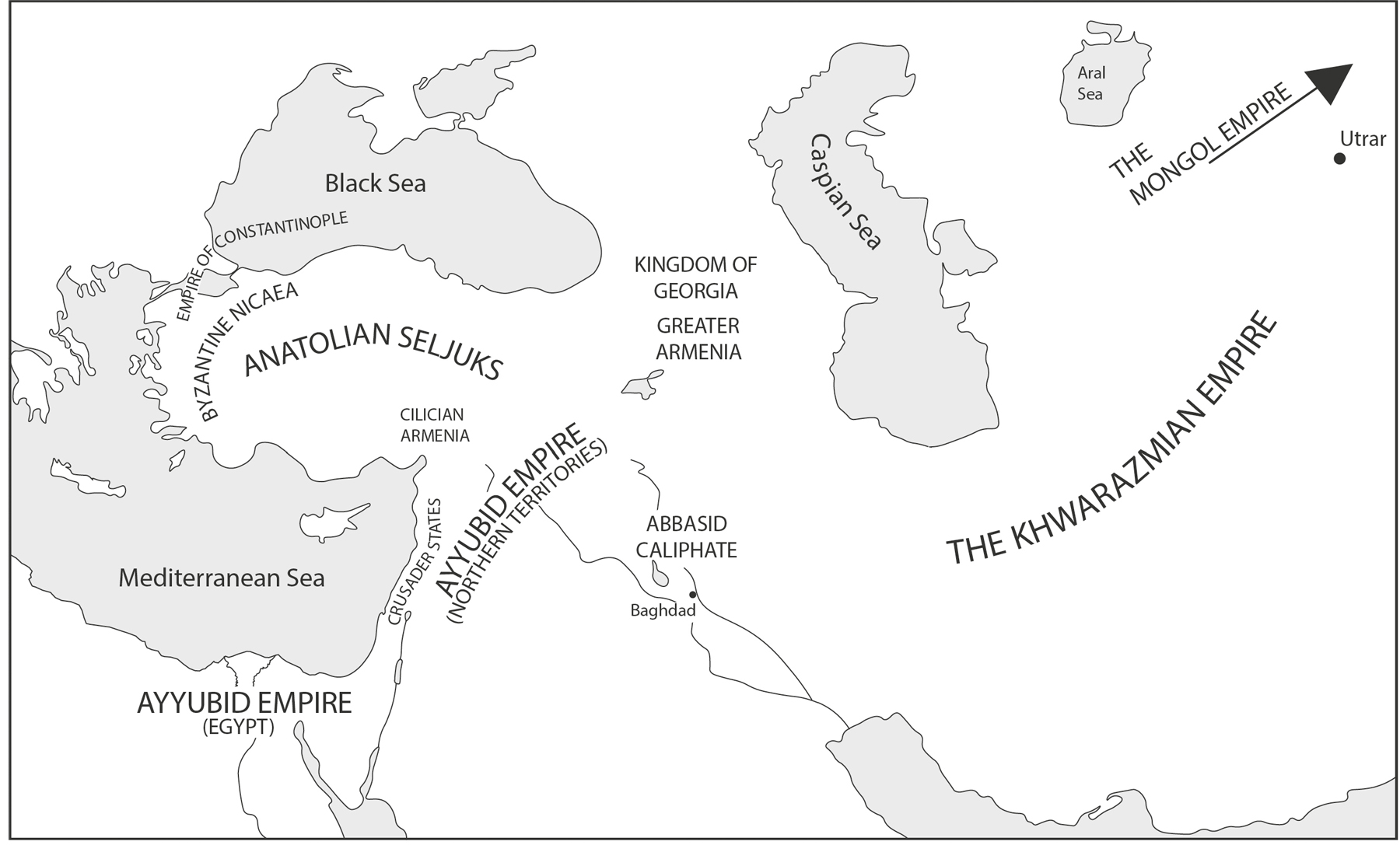
Utrar, the Khwarazmian Empire, and the Near East in 1218.
Mongol retribution was swift and decisive. Three months later, a vast Mongol army reached Utrar, where, following a lengthy siege, Chinggis Khans forces sacked the city. He executed Inalchuq in a particularly brutal manner, pouring molten metal into his mouth, eyes, and ears. The following year, city by city, much of the empires northern frontier facing the Central Asian steppe collapsed in the face of a relentless Mongol onslaught.
Sultan Muhammeds defensive strategy only accelerated the Khwarazmian Empires fall. Rather than confronting the Mongols in open battle, he adopted a passive stance, dividing his army among his frontier cities and then moving his own household south, well away from the fighting. The Mongols could therefore roam freely across the empires northern territories, besieging its cities one by one without facing coordinated resistance. By 1223, the empires entire northern and eastern sectors were on their knees. No barrier now prevented the fast-moving Mongol armies from reaching Sultan Muhammeds western lands.



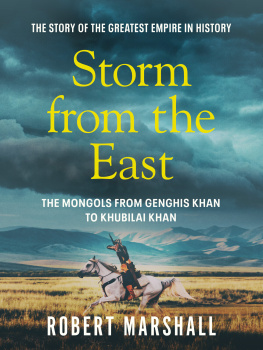
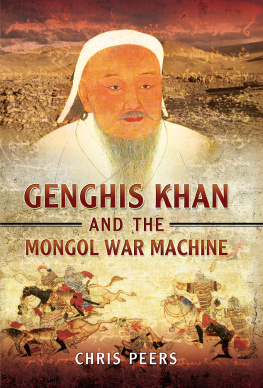

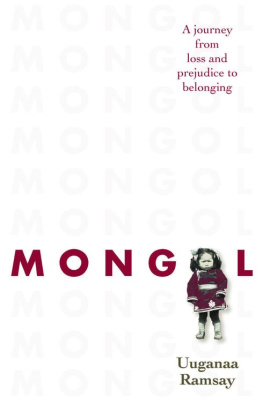
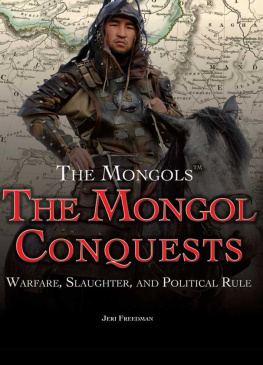
![Timothy May - The Mongol Empire [2 Volumes]: A Historical Encyclopedia](/uploads/posts/book/143064/thumbs/timothy-may-the-mongol-empire-2-volumes-a.jpg)

